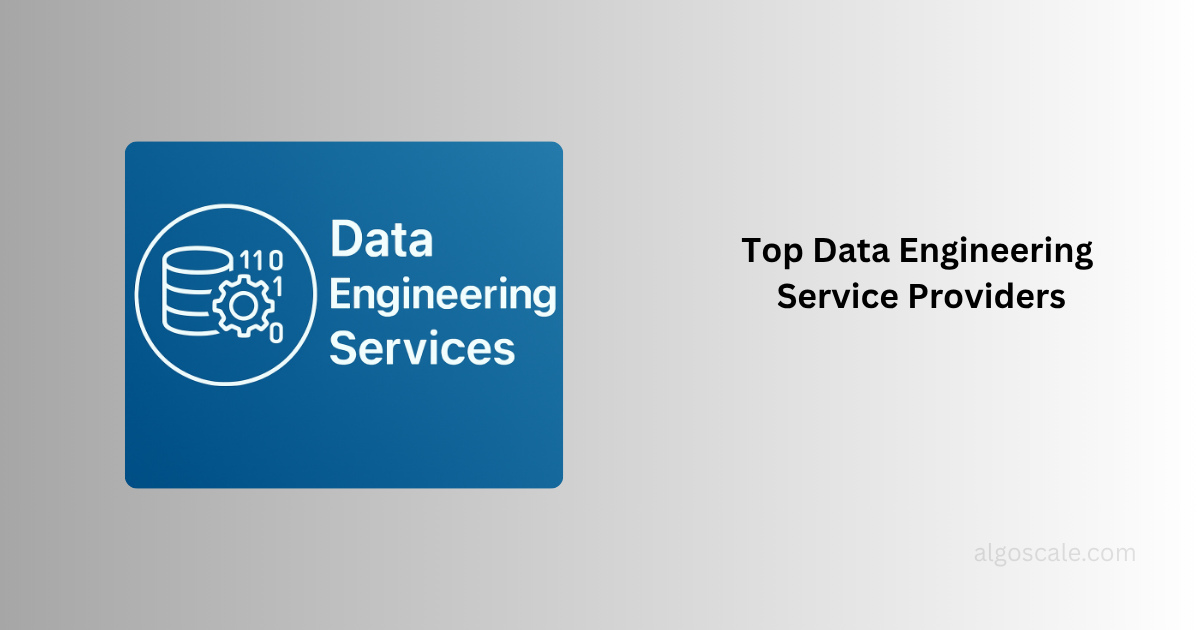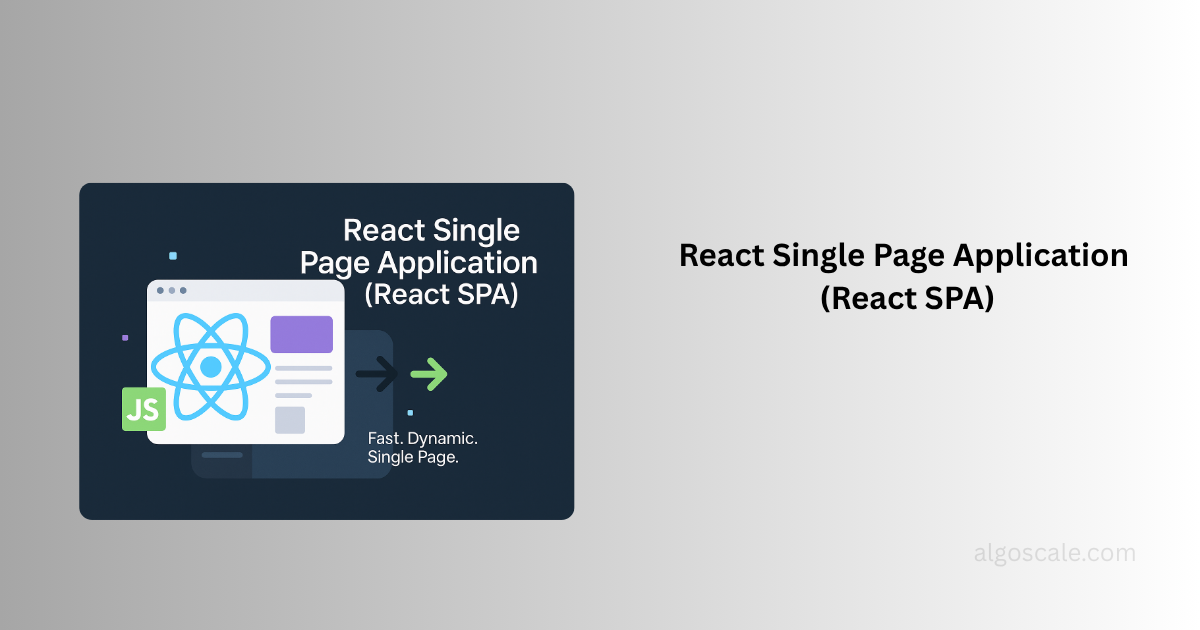How many times in a day do you find yourself ‘searching’ for something on Google? Anything you want, everything you want. From the pool of information available on the internet, search engines take you to your desired destination (or set of information). We use search engines to acquire answers whether as a customer seeking products online, someone looking to stay up-to-date with news incidents, or a student learning new skills. And quite interestingly, the ways these search engines work are as powerful as the search results. Type in a few relevant keywords hit ‘search’, and thousands of results for your entered keyword appear within a fraction of a second. It appears to be a supernatural phenomenon. It isn’t, however.

According to the Semrush blog on ‘65 Artificial Intelligence Statistics for 2021 and Beyond’, search engines will understand the meaning of a search query, instead of only digesting keywords, by 2029. Search engines are no longer just indexes of websites; they’re getting better at recognizing what people want. That’s when AI comes into the picture. Tech giants have been putting their eggs in the AI basket. This goes for powering the search engines with Artificial Intelligence, as well. Search Engine algorithms are getting smarter, thanks to Machine Learning. Machine learning-based search engines are systems that use text or voice input to find objects and services. As a result, algorithms create algorithms that are smarter than they are. It’s now easier to find more relevant and authentic information using these search engines with AI in the team. Let’s go into the nitty-gritty of artificial intelligence-powered search engines.
AI-powered Search Engines
There are many different types of AI-driven search, and many companies are using it to improve the performance of their websites. With visual and voice search fast gaining popularity and on the verge of becoming the most popular mobile search modes, businesses must experiment to find the best ways to profit from this consumer trend. There’s a need for present-day search engines to be intelligent and be able to comprehend the intricacies of natural language searches as well as the preferences and context of each user. AI-Powered Search shows you how to apply the most up-to-date machine learning techniques to build search engines that learn from their users and material in real-time, resulting in more domain-aware and intelligent search.
Elements of AI-powered Search Engines
-
Query Completion
ML employs search history as one segment of the search experience to deliver better results. Instead of allowing them to enter words that may provide poor results, it will be smoother to direct visitors to the correct query. Users can be more productive using query completion because they don’t have to type out every single word. In order to provide one with the appropriate content, search engines can first comprehend the query with the help of NLP and ML algorithms.
-
Quality Control
There was a time when the users were not routed to relevant content, but to stuff that had been modified to be at the top. The algorithms have changed now and are using artificial intelligence to filter high-quality content from low-quality spam. By employing data from user interactions, artificial intelligence in SEO aids in quality control.
-
Voice Search
AI has enabled newer search capabilities such as voice and visual search. AI technologies such as natural language processing (NLP) have progressed to the point where they can now interpret human conversational language in real-time, like when you ask Siri or Alexa to play your favorite song for you.

-
Visual Search
By just uploading a photo, users may search for the material they want, through image search tools. To help the search engine understand what an image is, machine learning examines color and form patterns and matches them with any available schema data about the shot in order to display the most relevant images. -
Pattern Detection
Artificial intelligence (AI) is being used by search engines to find patterns. This allows them to distinguish between low-quality spam and relevant results of high quality. Machine learning is used to discover such patterns. It is capable of detecting and flagging new spamming patterns. -
Related Results
There are times when the human brain is not completely able to comprehend the best keywords for the search outcome it is expecting. By getting ‘related’ search results based on the few keywords provided, can be of help in this case. Suggesting related products when shopping online or suggesting related articles one could read while internet surfing not only benefits the users but also the company’s user engagement. Keeping users on your website longer means they are getting more value from what you have to offer, which leads to more conversions.
And more…
Targeted Advertisements to improve quality, Classification of information, and Identification of synonyms are some more ways through which AI is making the Search Engines better. Aside from the above-mentioned developments, artificial intelligence in search engines is assisting in the development of new ranking algorithms as well.
Conclusion
For generating amazing experiences for customers and employees, AI and search engines are a fantastic mix. Modern artificial intelligence-based search engines provide near-infinite flexibility in the comprehension of both the meaning and context of material supplied, ensuring that search results match user intent. Furthermore, AI models can be customized to specific fields.
Algoscale is a leading Artificial Intelligence Service Provider helping businesses in customizing the search experience of their customers with its Data Analytics Services, to capture the demand by mapping the customer pathway.











